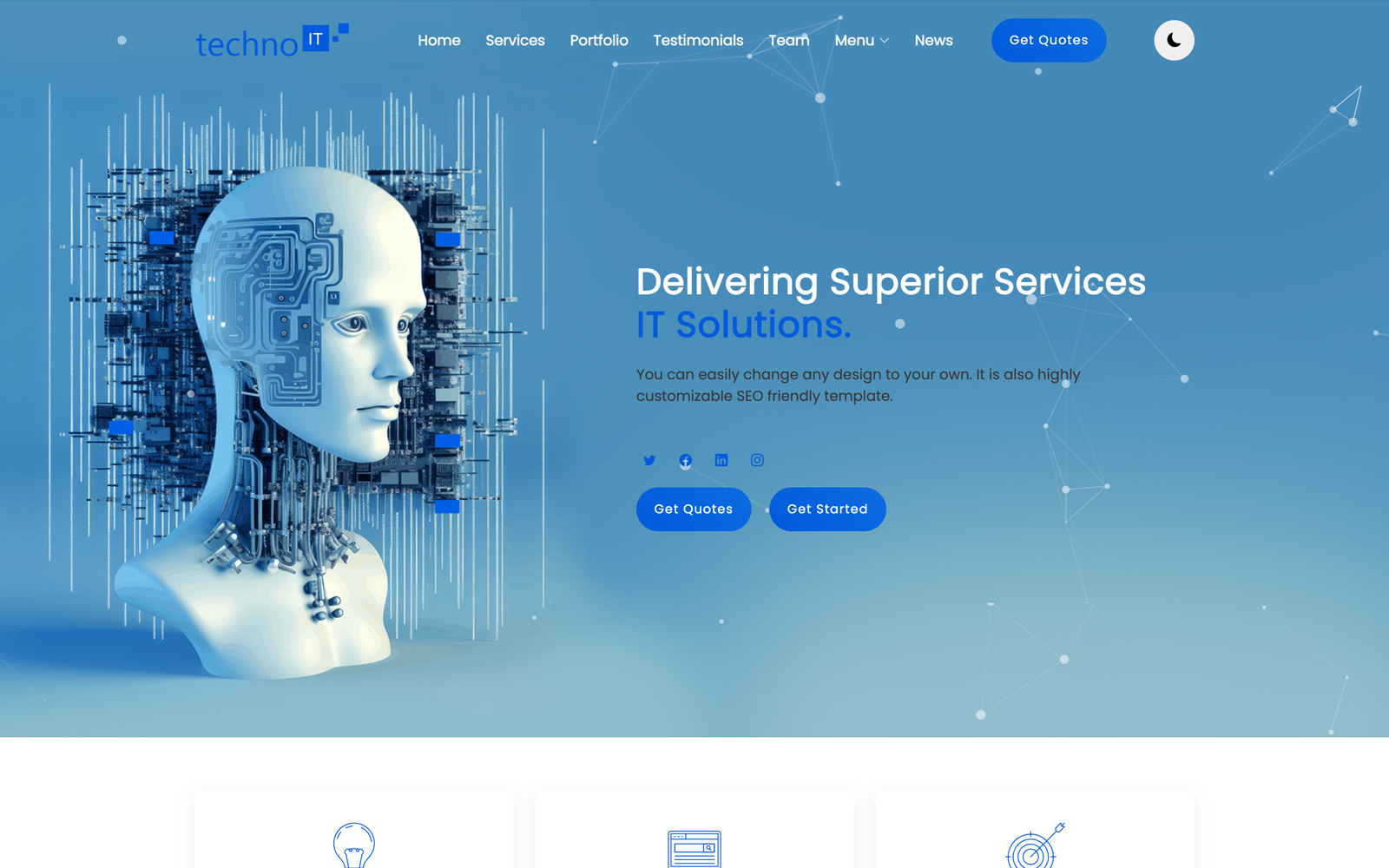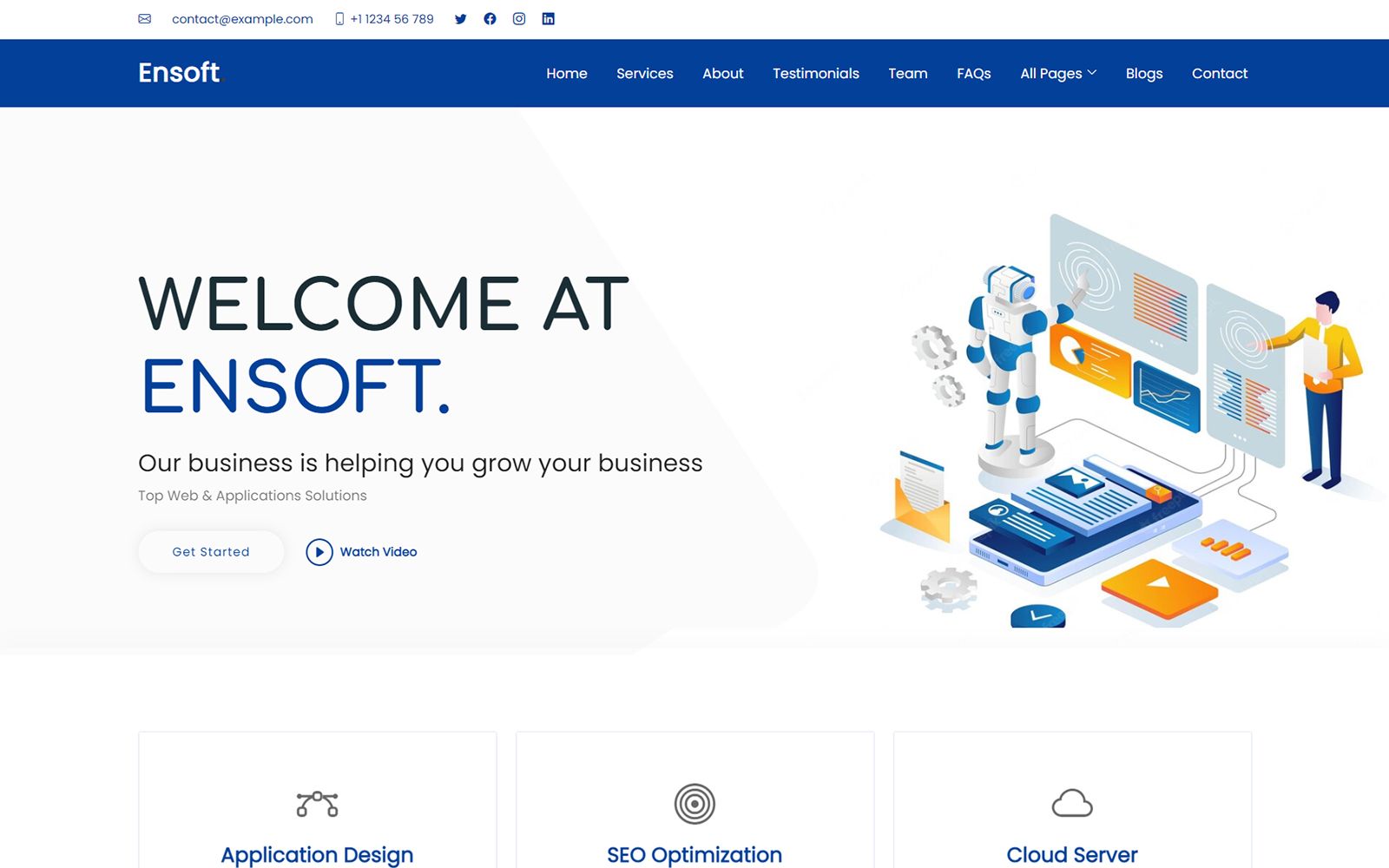APIs (Application Programming Interfaces) are the backbone of modern web and mobile apps, enabling communication between different systems. If you’re a developer looking to build a Python API quickly and efficiently in 2025, using the right tools and frameworks can make all the difference. This guide walks you through the easiest way to create a Python API with minimal setup and maximum flexibility.
Build a Python API
Why Build a Python API?
Python’s simplicity and powerful libraries make it ideal for backend development. APIs let you:
- Serve data to frontend apps (web, mobile, IoT)
- Connect services and microservices
- Enable third-party integrations
- Build scalable and maintainable applications
Step 1: Choose a Lightweight Framework — FastAPI
FastAPI is currently the easiest and fastest Python framework to build APIs. It combines:
- Automatic interactive API documentation (Swagger UI)
- Type hints for data validation and autocomplete
- Asynchronous support for high performance
- Simple, minimal code with great developer experience
Step 2: Set Up Your Environment
Make sure you have Python 3.7 or higher installed. Then create and activate a virtual environment:
python -m venv venv source venv/bin/activate # On Windows use venv\Scripts\activate
Install FastAPI and an ASGI server like Uvicorn:
pip install fastapi uvicorn
Step 3: Create a Basic API
Create a file named main.py with this code:
from fastapi import FastAPI app = FastAPI() @app.get("/") async def read_root(): return {"message": "Hello, FastAPI!"} @app.get("/items/{item_id}") async def read_item(item_id: int, q: str = None): return {"item_id": item_id, "query": q}
This defines two routes: the root path and a dynamic path with a query parameter.
Step 4: Run Your API Server
Start the server with this command:
uvicorn main:app --reload
The --reload flag enables automatic reloads on code changes, ideal for development.
Visit http://127.0.0.1:8000 in your browser. You’ll see the JSON message from the root endpoint.
To explore the auto-generated API docs, open:
- Swagger UI:
http://127.0.0.1:8000/docs - ReDoc:
http://127.0.0.1:8000/redoc
Step 5: Add Data Validation with Pydantic Models
FastAPI uses Pydantic for data validation. Define request and response schemas like this:
from pydantic import BaseModel class Item(BaseModel): name: str description: str = None price: float tax: float = None @app.post("/items/") async def create_item(item: Item): return {"item": item}
This ensures incoming data is validated automatically and your API returns structured JSON.
Step 6: Connect to a Database (Optional)
For persistence, connect your API to databases using ORM libraries such as SQLAlchemy or Tortoise ORM. FastAPI has excellent community tutorials and extensions for database integration.
Final Thoughts
FastAPI makes building Python APIs in 2025 straightforward, efficient, and scalable. Its automatic documentation, type validation, and async support speed up development while ensuring high-quality code.







